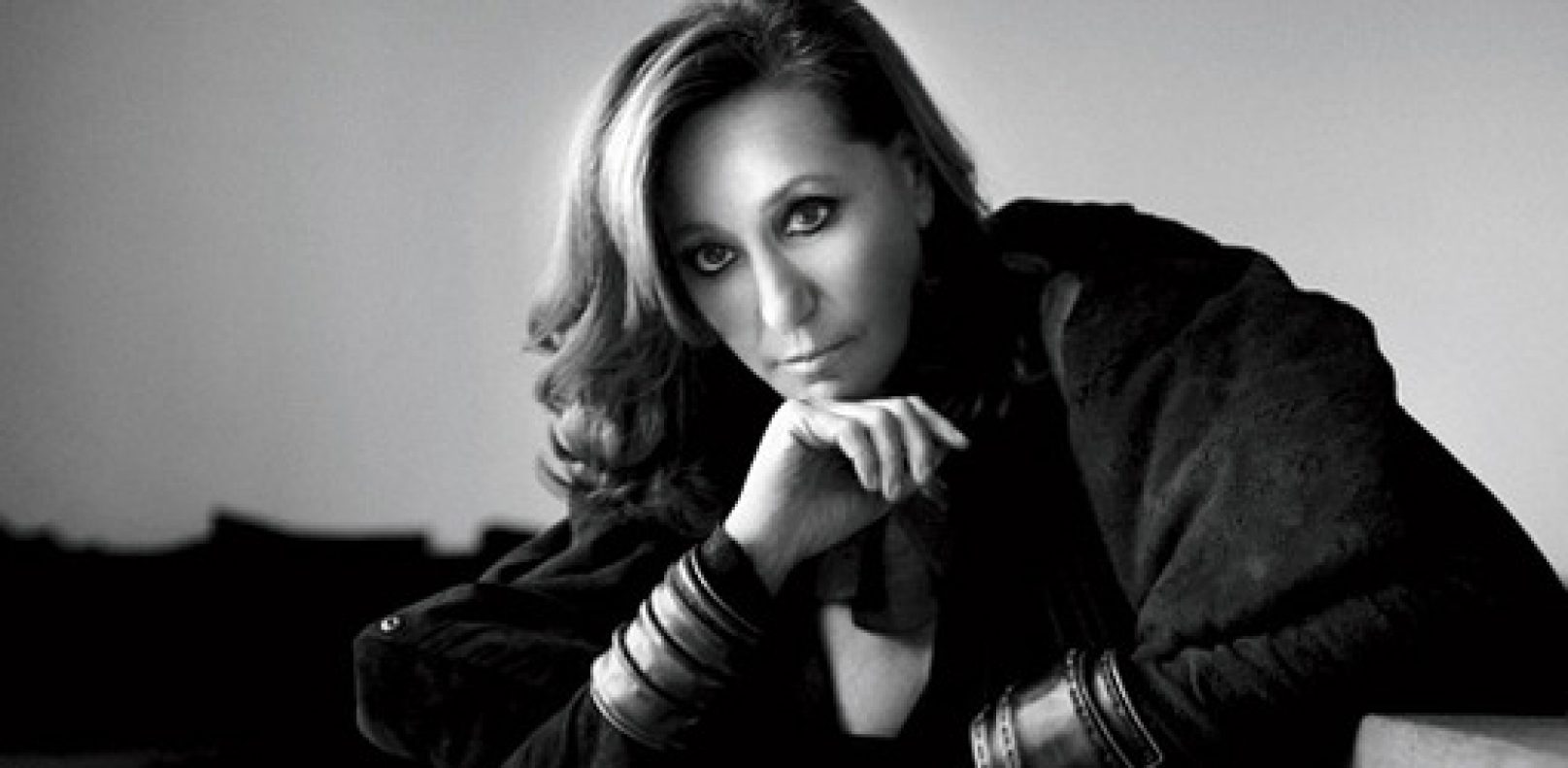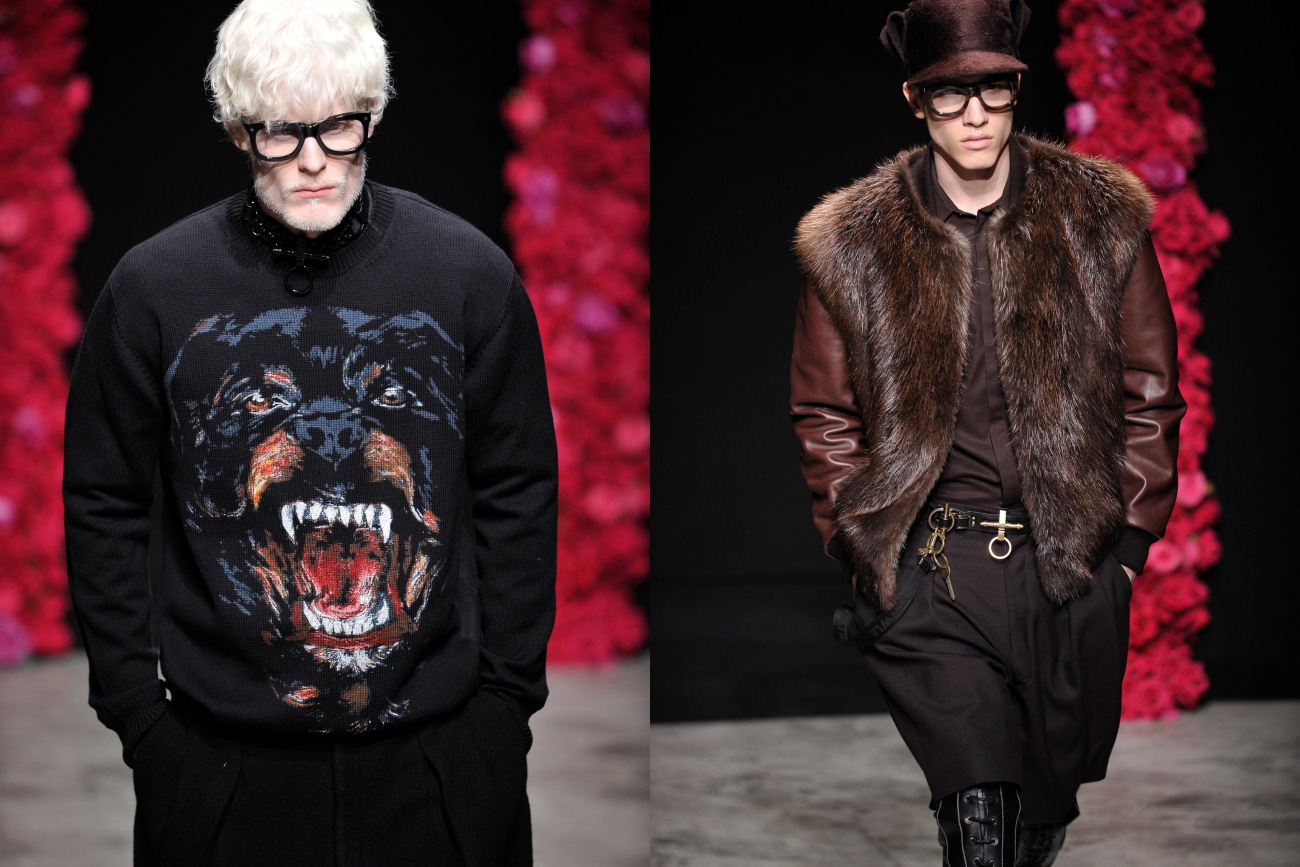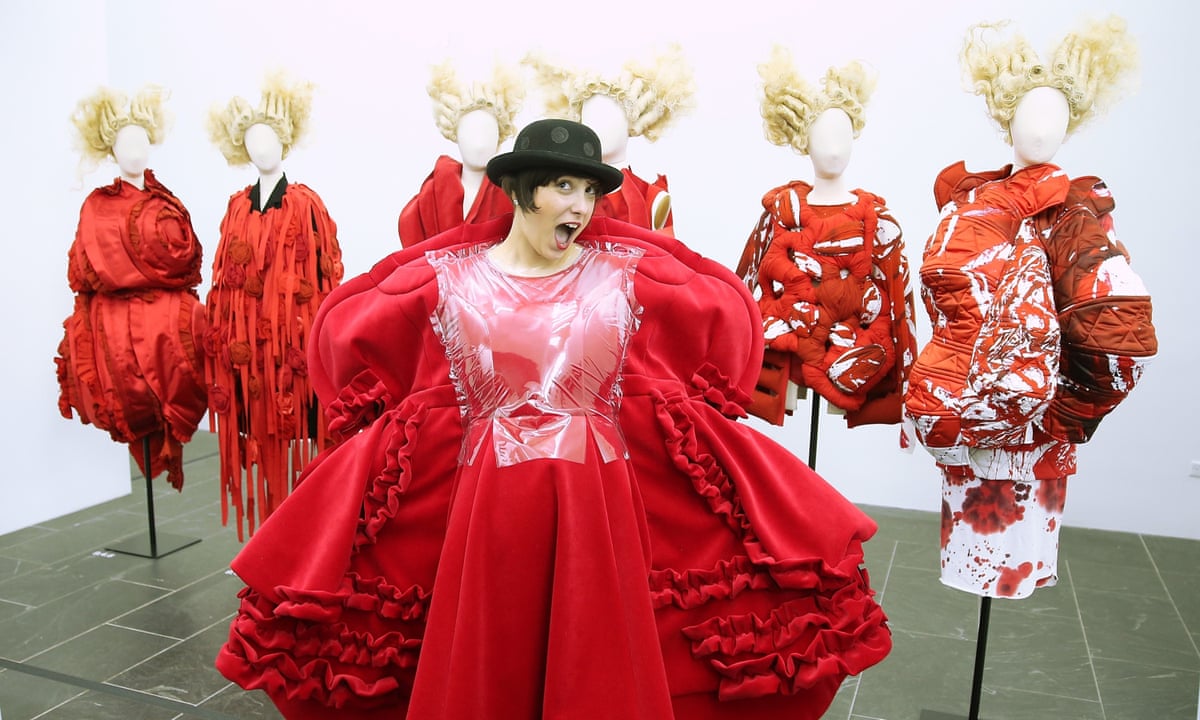When Karl Lagerfeld took the helm at Chanel in 1983, the renowned French fashion house found itself at a critical juncture. The label, established by the visionary Gabrielle “Coco” Chanel, had entered a phase of decline following its founder’s passing in 1971. Lagerfeld’s task was not merely to revitalize an iconic brand but also to reimagine luxury within a constantly shifting fashion world. With bold creativity, a clever embrace of its legacy, and sharp cultural insight, Lagerfeld’s influence propelled Chanel from a traditional house to a beacon of continuous innovation and worldwide prominence.
Preserving and Reinventing Heritage
Lagerfeld’s genius rested in his reverence for the DNA of Chanel, paired with a fearless approach to reinvention. He famously said, “My job is not to do what she did, but what she would have done.” Respecting the brand’s emblematic codes—the little black dress, tweed jackets, quilted bags, pearls, and camellia flowers—Lagerfeld reimagined them season after season in fresh, unexpected ways. Through bold reinterpretations, he preserved the timeless appeal of Chanel while ensuring its designs never felt repetitive or dated.
A prime example is the classic Chanel tweed suit. Under Lagerfeld’s direction, this wardrobe staple evolved far beyond its origins. He played with proportions, introduced new color palettes, incorporated metallic threads, and even rendered the suits in denim, PVC, or leather. The result was a garment that retained its elegance but spoke directly to contemporary women, demonstrating how tradition could coexist with modernity.
Theatrical Runway Presentations and Engaging Narratives
One of Lagerfeld’s most influential contributions was transforming runway shows into immersive spectacles, setting a new paradigm for fashion presentations globally. The Chanel runway became a destination where set designs ranged from an indoor forest to a fully constructed supermarket, a man-made beach, a rocket launch pad, and even a replica Eiffel Tower inside Paris’s Grand Palais. These elaborate productions amplified the brand’s cachet and underscored an imaginative narrative for each collection.
This theatrical approach was more than mere entertainment; it created a conversation around each show, generating global media coverage and viral buzz, making Chanel a perennial trending topic season after season. These experiences turned fashion shows into cultural phenomena and positioned Chanel at the forefront of experiential branding, a concept now widely emulated across the industry.
Reinvigorating the Chanel Product Range
Through clever innovation, Lagerfeld broadened Chanel’s product lines while maintaining its exclusive nature. He breathed new life into the Chanel handbag collection, introducing not only fresh versions of the renowned 2.55 bag but also unique forms and cutting-edge materials. The accessories collection thrived, as brooches, costume jewelry, eyewear, and even athletic shoes all underwent the Chanel metamorphosis. New fragrance releases and cosmetic advancements further extended Chanel’s attractiveness to younger and more varied consumer groups.
The prosperity of these expansions was evident in the company’s financial results. During Lagerfeld’s leadership, Chanel maintained its position as one of the globe’s most lucrative luxury brands, regularly leading in desirability ratings and showing strong resistance to market volatility and rivalry from new luxury brands.
Developing Celebrity and Brand Representatives
Lagerfeld understood the power of celebrity in shaping brand perception. He cultivated strong relationships with film stars, musicians, socialites, and models, with the likes of Vanessa Paradis, Kristen Stewart, Cara Delevingne, Lily-Rose Depp, and Pharrell Williams frequently appearing in campaigns or on the front rows of shows. This strategic engagement extended Chanel’s influence beyond fashion, embedding it firmly within popular culture.
Furthermore, Lagerfeld himself grew to be interchangeable with Chanel. His distinctive personal appearance—a white ponytail, dark eyewear, and shirts with high collars—was immediately identifiable, blurring the distinction between the artist and their work. This led to an unbreakable connection: any conversation about Chanel invariably involved Lagerfeld, solidifying his position as the protector and imaginative leader of the fashion house.
Adapting to Cultural and Digital Evolution
As digital transformation started to redefine the high-end retail industry, Lagerfeld spearheaded Chanel’s move into the digital era. Despite the brand’s well-known reluctance towards e-commerce for a long time to preserve its exclusive image, its powerful digital narratives, significant social media footprint, and captivating visual campaigns guaranteed that Chanel stayed both inspiring and reachable through online channels.
Lagerfeld’s provocative spirit was reflected in collections that addressed contemporary themes—whether feminism, sustainability, or globalism—with subtlety and wit. His embrace of a diverse cast of models (within the constraints of haute couture traditions) pointed to a more inclusive vision for the brand without diluting its core identity.
Legacy: Sustaining Relevance Through Innovation
Karl Lagerfeld’s influence on Chanel is evident not just in the collections he presented, but also in the continuous reinvention structure he put in place. The brand’s unique contradiction—lasting heritage combined with constant innovation—guaranteed that Chanel was never constrained by its own history, but rather energized by it. His leadership created a model for established fashion houses seeking to maintain peak creativity and appeal during periods of swift change.
Through Lagerfeld’s remarkable tenure, Chanel evolved into a living, breathing institution that reveres the past but leads the future. His legacy continues to influence how designers reinterpret heritage and define modern elegance, making Chanel an ever-evolving symbol of luxury and innovation.





